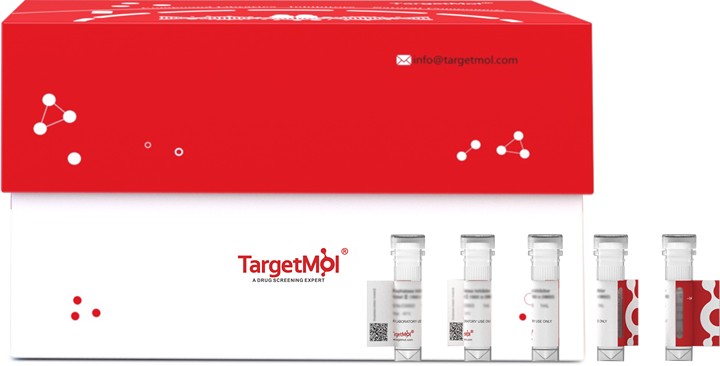购物车
- 全部删除
 您的购物车当前为空
您的购物车当前为空

KCNMA1 Protein, Human, Recombinant is expressed in E. coli expression system. The predicted molecular weight is 17.2 kDa and the accession number is Q12791.

| 规格 | 价格 | 库存 | 数量 |
|---|---|---|---|
| 20 μg | ¥ 3,280 | 20日内发货 | |
| 100 μg | ¥ 5,830 | 20日内发货 | |
| 1 mg | ¥ 16,800 | 20日内发货 |
| 生物活性 | Activity has not been tested. It is theoretically active, but we cannot guarantee it. If you require protein activity, we recommend choosing the eukaryotic expression version first. |
| 产品描述 | KCNMA1 Protein, Human, Recombinant is expressed in E. coli expression system. The predicted molecular weight is 17.2 kDa and the accession number is Q12791. |
| 种属 | Human |
| 表达系统 | E. coli |
| 标签 | Tag Free |
| 蛋白编号 | Q12791 |
| 别名 | Slowpoke homolog,Slo-alpha,Slo1,Maxi K channel,KCNMA1,KCa1.1,K(VCA)alpha,Calcium-activated potassium channel, subfamily M subunit alpha-1,Calcium-activated potassium channel subunit alpha-1,BKCA alpha,BK channel |
| 氨基酸序列 | VVCGHITLESVSNFLKDFLHKDRDDVNVEIVFLHNISPNLELEALFKRHFTQVEFYQGSVLNPHDLARVKIESADACLILANKYCADPDAEDASNIMRVISIKNYHPKIRIITQMLQYHNKAHLLNIPSWNWKEGDDAICLAELKLGFIA |
| 蛋白构建 | 411-560 aa |
| 蛋白纯度 | > 85% as determined by SDS-PAGE. |
| 分子量 | 17.2 kDa (predicted) |
| 内毒素 | < 1.0 EU/μg of the protein as determined by the LAL method. |
| 缓冲液 | Tris-based buffer, 50% glycerol |
| 复溶方法 | A Certificate of Analysis (CoA) containing reconstitution instructions is included with the products. Please refer to the CoA for detailed information. |
| 存储 | Lyophilized powders can be stably stored for over 12 months, while liquid products can be stored for 6-12 months at -80°C. For reconstituted protein solutions, the solution can be stored at -20°C to -80°C for at least 3 months. Please avoid multiple freeze-thaw cycles and store products in aliquots. |
| 运输方式 | In general, Lyophilized powders are shipping with blue ice. Solutions are shipping with dry ice. |
| 研究背景 | Potassium channel activated by both membrane depolarization or increase in cytosolic Ca(2+) that mediates export of K(+). It is also activated by the concentration of cytosolic Mg(2+). Its activation dampens the excitatory events that elevate the cytosolic Ca(2+) concentration and/or depolarize the cell membrane. It therefore contributes to repolarization of the membrane potential. Plays a key role in controlling excitability in a number of systems, such as regulation of the contraction of smooth muscle, the tuning of hair cells in the cochlea, regulation of transmitter release, and innate immunity. In smooth muscles, its activation by high level of Ca(2+), caused by ryanodine receptors in the sarcoplasmic reticulum, regulates the membrane potential. In cochlea cells, its number and kinetic properties partly determine the characteristic frequency of each hair cell and thereby helps to establish a tonotopic map. Kinetics of KCNMA1 channels are determined by alternative splicing, phosphorylation status and its combination with modulating beta subunits. Highly sensitive to both iberiotoxin (IbTx) and charybdotoxin (CTX). |